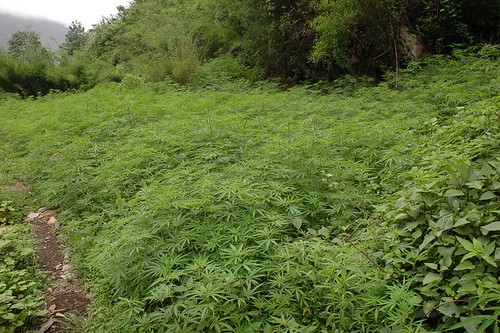Flushing your cannabis plants is an essential practice that can significantly impact the quality of your harvest. It involves the careful removal of excess nutrients from the plant’s root system, allowing it to utilize stored nutrients during the final stages of growth. In this guide, we will delve into the intricacies of flushing, providing you with expert insights, tips, and techniques to ensure a successful flush and, ultimately, a bountiful harvest.

Understanding the Importance of Flushing
Flushing is a critical process that directly affects the flavor, aroma, and overall quality of your cannabis buds.
Why Flushing Matters
Flushing allows your cannabis plants to:
- Enhance Terpene Profile: Flushing enhances the terpene profile, resulting in a more flavorful and aromatic product.
- Reduce Harshness: It reduces the harshness of the smoke, providing a smoother and more enjoyable experience.
- Prevent Nutrient Buildup: Flushing prevents nutrient buildup, preventing issues like nutrient lockout and over-fertilization.
- Improve Appearance: It improves the visual appeal of your buds, ensuring they look as good as they taste.
How to Flush Cannabis Plant
Now, let’s dive into the practical steps of how to flush your cannabis plants effectively.
Preparation Phase
Before starting the flush, gather the necessary tools and materials:
- pH-Adjusted Water: Ensure your water has a pH level of around 6.0 to 6.5.
- Flush Solution: Consider using a commercial flushing agent or simply use plain, pH-adjusted water.
- Containers: Prepare containers to catch the runoff water during the flush.
- Timing: Plan to begin flushing about two weeks before your anticipated harvest date.
The Flushing Process
- Remove Excess Soil: Gently remove the top layer of soil to expose the root zone.
- Watering: Begin watering your plants with the pH-adjusted water or flush solution. Use an amount equal to the volume of the container to ensure thorough flushing.
- Monitor Runoff: Collect the runoff water to gauge the nutrient levels. When the runoff’s electrical conductivity (EC) approaches the level of your input water, you’ll know the flush is working.
- Adjust pH: Ensure that the pH of the runoff water remains within the desired range.
Signs of a Successful Flush
- Changing Leaf Color: The leaves will start to yellow as excess nutrients are removed.
- Clean Runoff: The runoff water will become clearer and closer in pH to your input water.
FAQs

Q: How long should I flush my cannabis plants?
A: Typically, flushing should last for about 1-2 weeks, but it can vary depending on your specific strain and growing conditions.
Q: Can I use tap water for flushing?
A: It’s advisable to use pH-adjusted water to prevent potential nutrient imbalances from tap water.
Q: Is flushing necessary for hydroponic systems?
A: Yes, flushing is crucial for hydroponic systems to remove nutrient buildup.
Q: What if I over-flush my plants?
A: Over-flushing can stress your plants, so it’s essential to monitor them closely. Adjust your watering schedule accordingly.
Q: Can I flush my plants too early?
A: Flushing too early can deprive your plants of essential nutrients. Aim to start flushing when your plants are close to harvest.
Q: Is it okay to use homemade flushing solutions?
A: Homemade solutions can work, but commercial flushing agents are designed for this purpose and are often more reliable.
Conclusion
Flushing your cannabis plants is a crucial step towards achieving the best possible harvest. By following the steps outlined in this comprehensive guide, you’ll ensure that your cannabis buds are not only potent but also flavorful and smooth. Remember, a successful flush requires patience and diligence, but the rewards are well worth the effort.

Hello there! I know this is kind of off topic but I was wondering which blog platform are you using for this site? I’m getting tired of WordPress because I’ve had issues with hackers and I’m looking at options for another platform. I would be awesome if you could point me in the direction of a good platform.